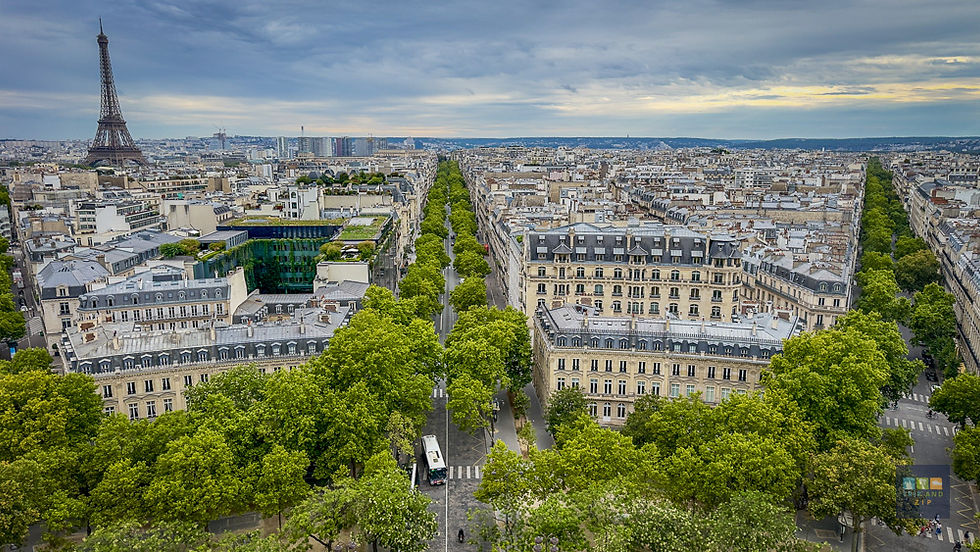Viscri Church and Village – A Timeless Saxon Legacy in Transylvania
- Trip And Zip

- Apr 29, 2006
- 1 min read
Some places don’t just preserve history—they live in it. Viscri, a small village tucked away in Transylvania, Romania, is one of them. Its fortified church, originally built in the 12th century by the Székely people and later expanded by Saxon settlers, stands as a symbol of resilience.
Like many Saxon villages in Transylvania, Viscri was once part of a vast network of German-speaking communities that shaped the region for centuries. When threats loomed, from Ottoman invasions to local conflicts, the villagers fortified their churches, turning them into safe havens where faith and survival merged.

The church itself is beautifully austere—white stucco weathered by time, sturdy wooden beams, and a steep shingled roof. Nothing extravagant, yet every detail speaks of purpose, shaped by the hands of those who built and defended it. The village follows the same quiet rhythm, with its unpaved roads, Saxon-style houses, and the occasional horse-drawn cart passing by.


Viscri’s charm hasn’t gone unnoticed. Long before he became king, Charles III bought a house here, drawn to its authenticity. His support helped preserve the village’s heritage, keeping its traditions alive. But Viscri isn’t a museum—it’s a place where history, culture, and daily life still move together, as they have for centuries.





Comments